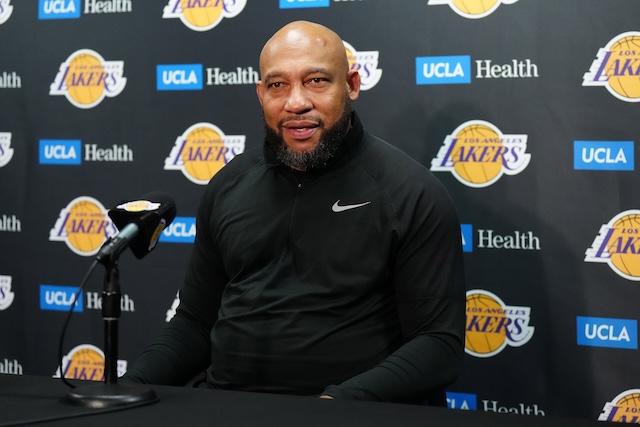Health
Monday’s total solar eclipse was over in the blink of an eye — but for some, the effects of the spectacle may last a while.
Solar retinopathy or “eclipse blindness” can occur when staring at the sun without glasses with special solar filters. Bright sunlight can damage the macula — the center of the retina that’s responsible for driving, reading, and recognizing faces.
“Even a few seconds of such viewing can temporarily or permanently burn the center of the retina,” researchers wrote in 2017 about witnessing a solar eclipse without proper eye protection. “Once retina tissue is destroyed, like brain tissue, it cannot regenerate, resulting in permanent central vision loss.”
The good news is that eye injuries are rare. Dr. Ralph Chou, a leading expert on safely viewing solar eclipses, reports that fewer than 100 cases of eye problems were recorded across Canada and the US stemming from the 2017 solar eclipse.
The American Academy of Ophthalmology (AAO) says signs of solar retinopathy include blurry vision, a blind spot in the central vision of one or both eyes, increased sensitivity to light, a headache, distorted vision, such as a straight line looking bent, and colors looking differently than normal.
The organization notes that visual symptoms are usually noticeable within four to six hours, but some may not emerge for 12 hours.
“You don’t have nerve endings on the back of your eyeball, so you could be experiencing a burn and not know it. And that burn might turn out to be permanent,” Michelle Nichols, director of public observing at the Adler Planetarium, explained to NBC Chicago on Monday.
And while there is no treatment for solar retinopathy, per the AAO, it’s important to visit an ophthalmologist who can assess the extent of the damage.
“It’s not really even obvious on an exam at first for those patients,” Dr. Derek Price, an optometrist in Fort Wayne, Indiana, told NBC Chicago about retina woes.
“They’ll come in with a complaint, they’ll tell you I’m seeing a spot in my vision and that’s all you get. But then over the course of the next couple months, if they come back, then you can see where it’s degraded the retina itself,” Price continued. “If it’s degraded… the photoreceptors in the back of the eye could be lost forever.”
While many will recover in three to six months, permanent vision loss is a possibility.
A 42-year-old man had blurry vision in both eyes that took two months to resolve after staring directly at the sun for several minutes, according to a 2014 case study.
And a Brooklyn woman who squinted at the 2017 eclipse for 10 seconds without protective glasses claims she suffered “irreversible eye damage” — including a blind spot in the middle of her left iris.
Load more…
{{/isDisplay}}{{#isAniviewVideo}}
{{/isAniviewVideo}}{{#isSRVideo}}
{{/isSRVideo}}

Dr. Sarah Adams is a scientist and science communicator who makes complex topics accessible to all. Her articles explore breakthroughs in various scientific disciplines, from space exploration to cutting-edge research.








